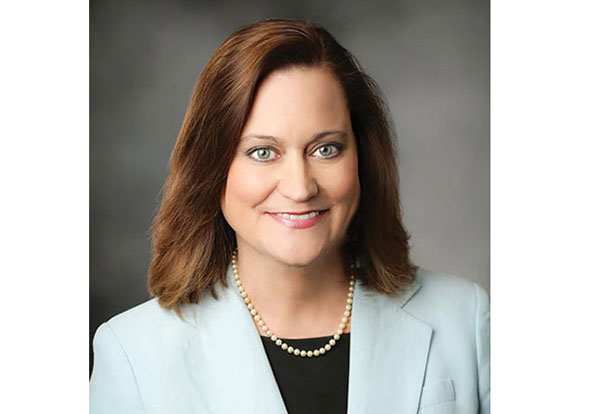Carol Miller
MHI
Title: Chief Marketing Officer
Location: Charlotte, NC
Experience: More than 29 years of marketing and communications experience in the materials handling industry. She leads the marketing outreach for MHI, including its Modex and ProMat events.
Modern: Carol, first, congratulations on the new position. Tell us when that came about and what you’re responsible for at MHI?
Miller: MHI made the announcement in September. It’s really an extension of what I have been doing at MHI, but with a keener focus on developing MHI’s overall go-to-market strategy and digital marketing transformation. The goal is better communication with our members and stakeholders, and to take advantage of the tremendous growth and change in our industry.
Modern: How did you come into the industry and when did you join MHI?
Miller: I joined MHI in the fall of 1992, but like many, I mark my entry into the industry with my first ProMat in 1993. My biggest takeaway from my first ProMat was, first, how big and unknown the industry was given its great importance to commerce. But my most enduring memory from that show was that I’d never been to such a large event where the lines for the phone booths—remember those?—were longer than the lines for the women’s restrooms because there were so few women in the industry. That’s not the case today. As a woman in this industry, I am very gratified to see our industry’s emphasis on diversity and inclusion initiatives and the tremendous strides we have made in this area.
MHI now has four women on our volunteer leadership team for 2022: Annette Danek-Akey, executive vice president, Supply Chain at Penguin Random House, and Karen Norheim, president and COO at American Crane and Equipment on our Board of Governors; and Melonee Wise, CEO of the Fetch Robotics division of Zebra Technologies, and Crystal Parrott, vice president of engineering at Plus One Robotics, on our Roundtable.
These amazing leaders, who happen to be women, are shining examples of what is possible, and what is coming, for our industry. We still have a long way to go, but I think these shifts have helped the industry more effectively manage the exponential change we are now seeing.
Modern: How has MHI changed during your time in the industry?
Miller: When I joined MHI, material handing was seen as a more siloed function within the four walls and MHI reflected that. Most of our members didn’t really see their place in the greater supply chain. Today, material handling is seen as the engine that drives the supply chain ecosystem.
The movement of material and product—whether inside or outside the four walls of a facility—is all part of a supply chain ecosystem that is highly interdependent at every link in the chain. With that change, MHI’s vision has grown. You can see that in reports we’ve developed, like our Annual Industry Report and Transformation Age Roadmap; the representation of emerging and digital technologies like robotics and advanced automation on the Modex and ProMat show floors; and in MHI’s Industry Groups.
Modern: Similarly, how has the industry evolved?
Miller: When I entered the industry, material handling was defined as: The movement, protection, storage and control of materials and products throughout the process of their manufacture and distribution, consumption and disposal. This definition still stands. The change is in the way people buy and consume products—first with the emergence of e-commerce and now with accelerated consumption patterns due to the pandemic.
The good news is that new technological innovations have also emerged to alter the way the industry delivers on this promise—innovations in IIoT, robotics, analytics, AI, AR/VR, blockchain among others. The pandemic accelerated the massive transformation we were seeing in our industry—changes in consumer demand, supply chain shortages and disruption are problems that can and will be solved with the solutions of MHI members.
Credit: Source link



